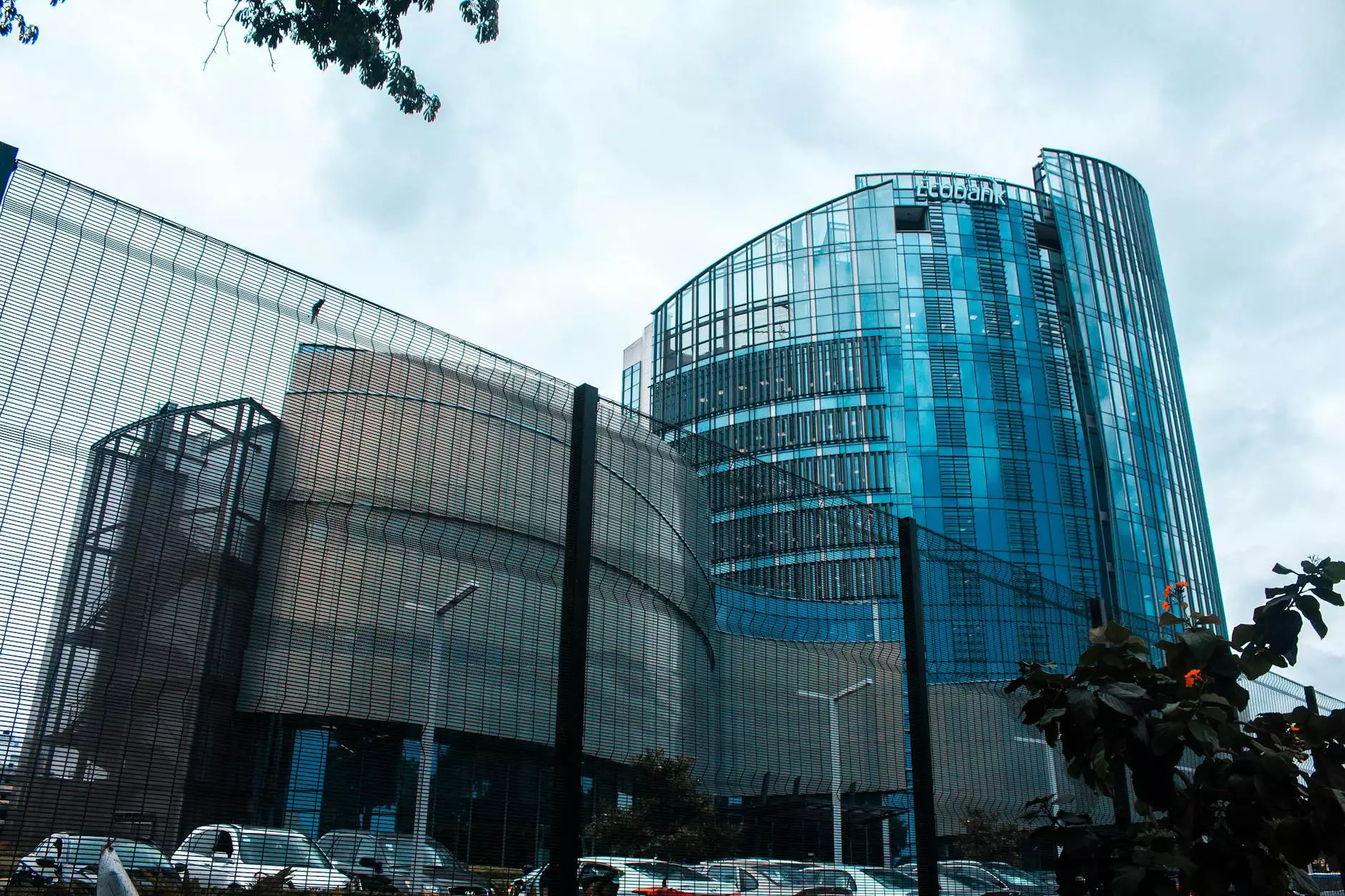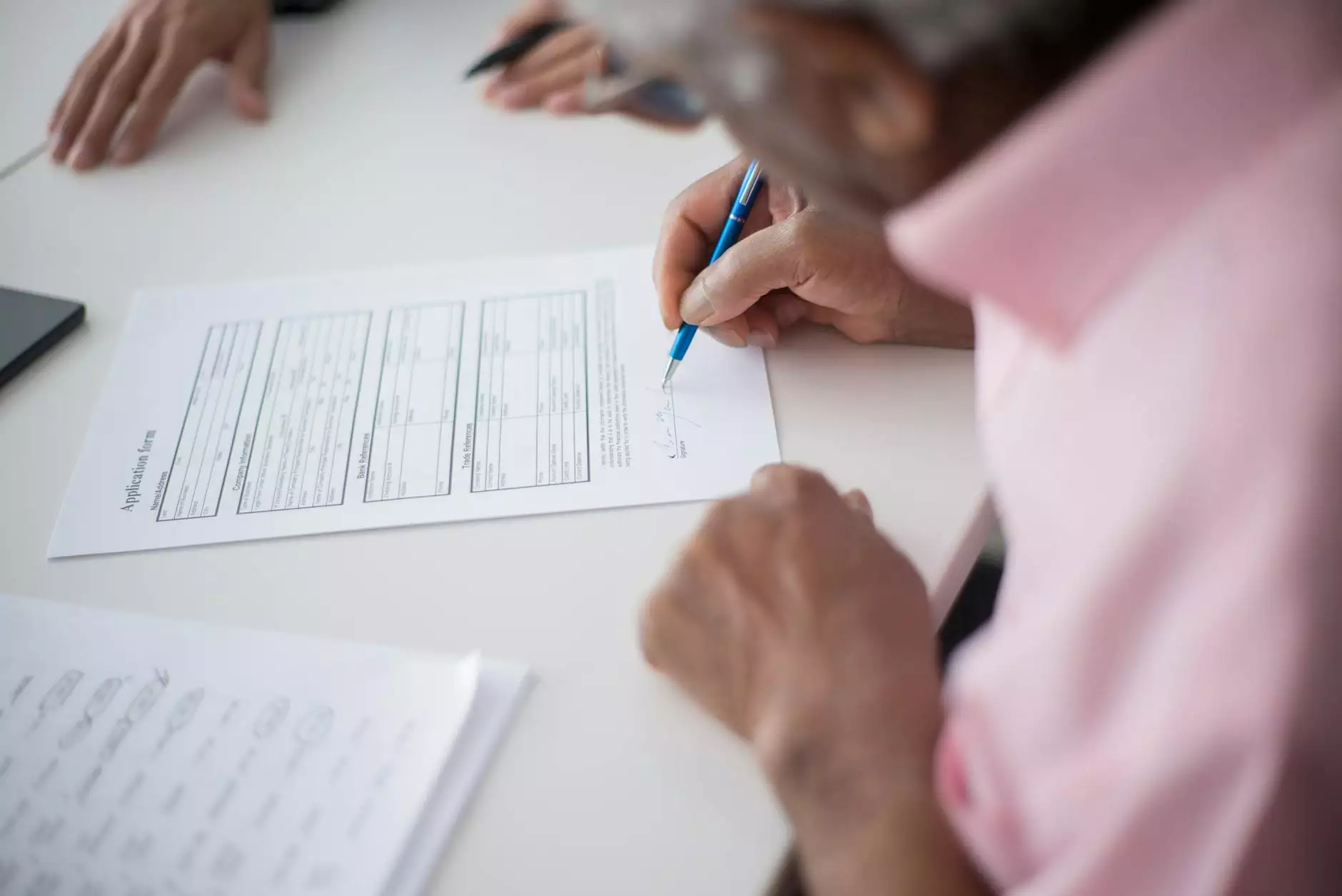Tendonitis vs Tendinosis vs Tendinopathy: Understanding the Differences and Treatments

Tendons are robust structures that connect muscles to bones, playing a crucial role in our body's movement and performance. However, these vital tissues can suffer from various problems, leading to pain and dysfunction. Among these conditions, tendonitis, tendinosis, and tendinopathy are often confused. In this comprehensive article, we'll delve into each term's definition, symptoms, causes, and treatment options. By understanding the distinct characteristics of these conditions, you’ll be better prepared to seek help and recovery.
What is Tendonitis?
Tendonitis refers to the inflammation of a tendon, typically resulting from overuse or injury. This condition is common in athletes and individuals who engage in repetitive movements, such as those who perform overhand motions (like painters or baseball pitchers) or have jobs that require prolonged use of the same muscle groups.
Symptoms of Tendonitis
- Pain: Often described as a dull ache, pain in the affected area usually worsens with activity.
- Swelling: There may be visible swelling around the tendon or joint.
- Stiffness: Affected areas may feel stiff, particularly in the morning or after prolonged periods of inactivity.
- Limited Range of Motion: Difficulty moving the joint associated with the tendon may be apparent.
Causes of Tendonitis
Tendonitis is primarily caused by:
- Repetitive Motion: Performing the same movement repeatedly can lead to irritation and inflammation of the tendon.
- Sudden Injury: A quick twist or impact can cause immediate tendon irritation.
- Aging: As people age, tendons become less elastic, making them more susceptible to injury.
- Medical Conditions: Certain diseases, such as diabetes, can increase the risk of tendonitis.
Treatment Options for Tendonitis
Treatment for tendonitis focuses on relieving pain and reducing inflammation. Common approaches include:
- Rest: Avoiding activities that exacerbate the pain is crucial.
- Ice: Applying ice packs can help reduce swelling and provide pain relief.
- Physical Therapy: Engaging in specific exercises tailored by a physical therapist can strengthen the affected area and prevent future issues.
- Medications: Over-the-counter anti-inflammatory medications, such as ibuprofen or naproxen, may be recommended.
- Surgery: In severe cases, surgical intervention may be necessary to repair the tendon.
What is Tendinosis?
Tendinosis is a degenerative condition characterized by the breakdown of collagen fibers in a tendon due to chronic trauma, overuse, or aging. Unlike tendonitis, tendonitis is primarily an inflammatory response, whereas tendinosis involves the deterioration of the tendon structure. This often occurs when a tendon is repeatedly injured without allowing adequate time for recovery.
Symptoms of Tendinosis
- Persistent Pain: Unlike the intermittent pain associated with tendonitis, tendinosis is marked by ongoing, chronic pain that does not subside easily.
- Stiffness: Affected tendons may feel stiff, particularly after periods of inactivity.
- Swelling: There may be slight swelling, though it is often less pronounced than in tendonitis.
- Crepitus: A grating or crackling sensation may occur when moving the affected tendon.
Causes of Tendinosis
Tendinosis is typically caused by:
- Chronic Overuse: Repeated overexertion without adequate rest can lead to the gradual degeneration of the tendon.
- Improper Techniques: Poor form during activities, whether in sports or daily tasks, can contribute to the development of tendinosis.
- Aging: Natural aging processes lead to decreased collagen production and elasticity in tendons.
- Previous Injuries: A history of tendon injuries can increase the likelihood of developing tendinosis.
Treatment Options for Tendinosis
The treatment of tendinosis may require a more meticulous approach, focusing on healing and restoring the tendon structure. Effective treatments include:
- Physical Therapy: Rehabilitation exercises focusing on strengthening and stretching the tendon are essential.
- Eccentric Exercises: These exercises involve lengthening the muscle while it is under tension and have shown particular effectiveness in treating tendinosis.
- Gradual Return to Activity: Slowly reintroducing activities can help prevent further injury.
- Ultrasound Therapy: This can promote healing by increasing blood flow to the area.
- Platelet-Rich Plasma (PRP) Injections: This advanced treatment aims to accelerate healing through the injection of growth factors derived from the patient's own blood.
What is Tendinopathy?
Tendinopathy is an umbrella term that encompasses both tendonitis and tendinosis. It refers to a range of conditions involving tendon pain and dysfunction. This term recognizes that tendon issues can arise from inflammation (tendonitis) or degeneration (tendinosis), and that both conditions might occur simultaneously.
Symptoms of Tendinopathy
- Pain: As with tendonitis and tendinosis, pain is a central symptom of tendinopathy and can vary based on the underlying issues.
- Swelling: Depending on the cause, there may be swelling in the affected area.
- Difficulty in Movement: The ability to move the associated joint may be limited due to pain and stiffness.
Common Causes of Tendinopathy
The causes of tendinopathy can be multifactorial, including:
- Sports Activities: Athletes are particularly susceptible due to the repetitive nature of their sport.
- Occupational Hazards: Jobs that require repetitive motion can lead to the development of tendinopathy.
- Inadequate Recovery: Not allowing enough rest and recovery time can exacerbate tendon issues.
- Genetics: Some individuals may be predisposed to tendon issues due to inherited characteristics.
Treatment Options for Tendinopathy
Treating tendinopathy involves strategies that target the underlying cause. Options include:
- Rest and Modification of Activities: Identifying and reducing aggravating activities is crucial for recovery.
- Physical Therapy: Tailored rehabilitation programs can help restore function and decrease pain.
- Medication: Anti-inflammatory medications may provide temporary relief.
- Injections: Corticosteroid injections may be used cautiously to control inflammation.
- Surgery: Rarely, surgical intervention may be necessary for severe cases that do not respond to conservative treatment.
Conclusion
Understanding the distinctions between tendonitis, tendinosis, and tendinopathy is vital for effectively managing these conditions. Each term describes a different issue related to tendon pain and dysfunction, with unique symptoms, causes, and treatment strategies. If you find yourself struggling with chronic tendon pain or seeking proactive care, the experts at IAOM are here to help. With tailored treatment plans led by skilled professionals, you can reclaim your movement and enjoy an active lifestyle once again.
Don’t let tendon issues hold you back. Contact IAOM today to learn more about how we can assist you in your journey to recovery and optimal health.
tendonitis vs tendinosis vs tendinopathy








